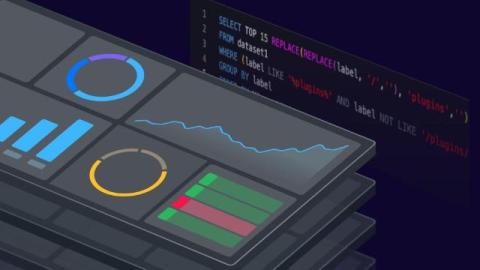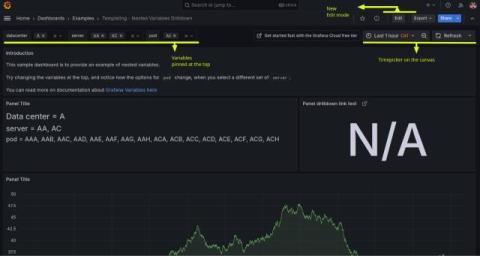Booking.com's Observability Overhaul: Unified Metrics, Logs, and User Insights | Grafana & OTel
Murugesan and Ahmadali from Booking.com's Observability Team as they dive into the journey of modernizing observability. Discover how they transformed fragmented systems into a centralized, scalable platform using OpenTelemetry and Grafana solutions. They share insights on their three-year strategy, the importance of unified metrics and logs, and overcoming challenges, from technology transitions to fostering teamwork.










